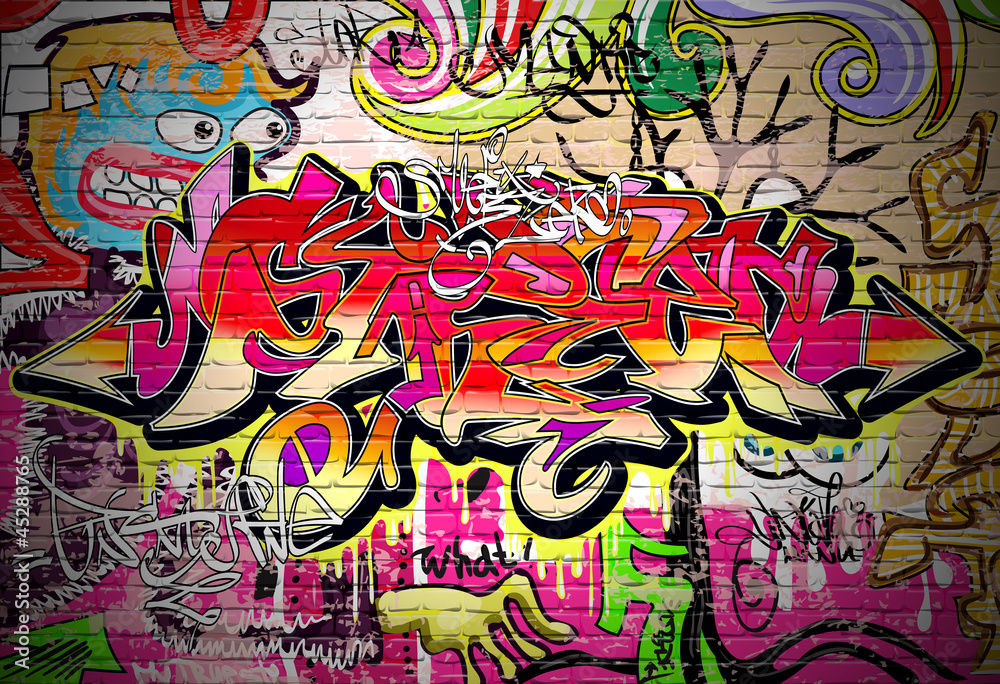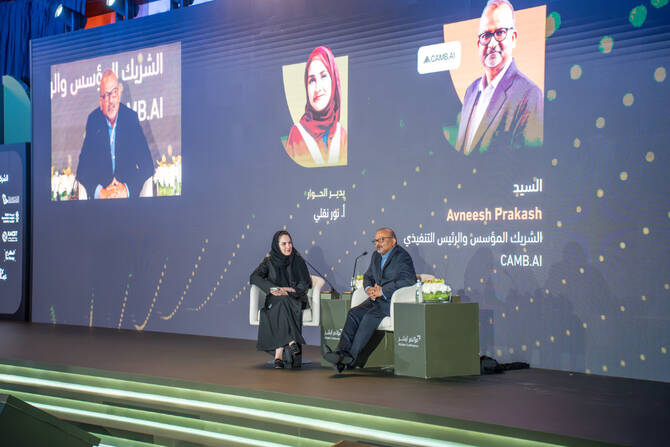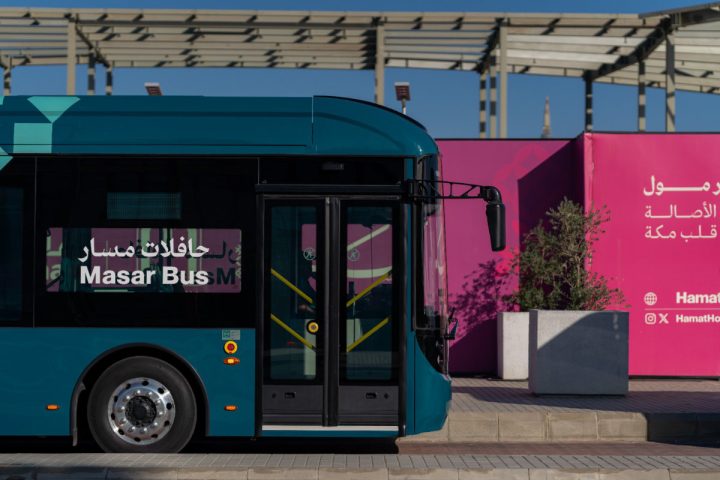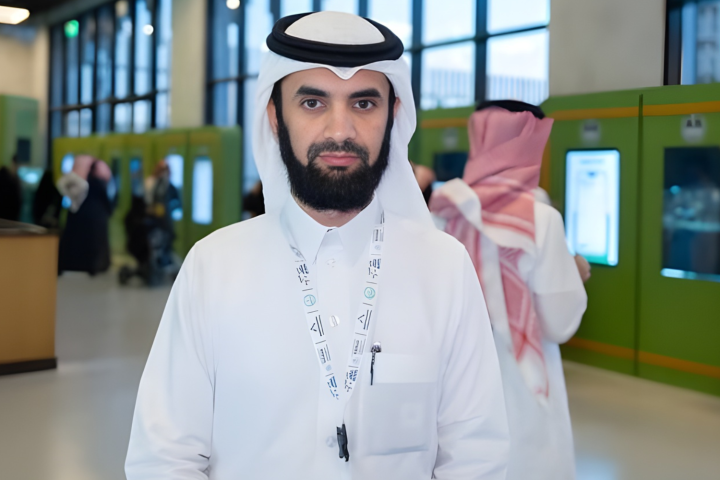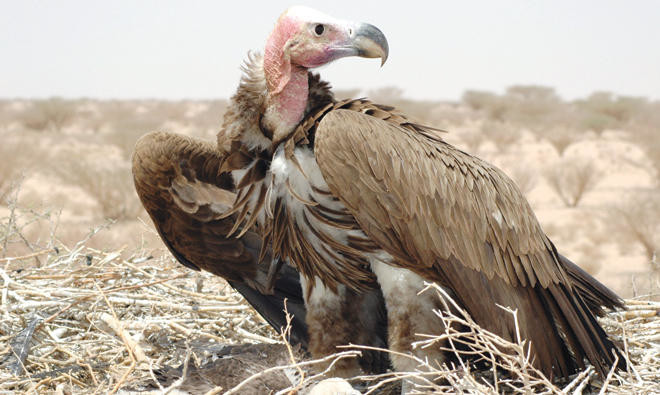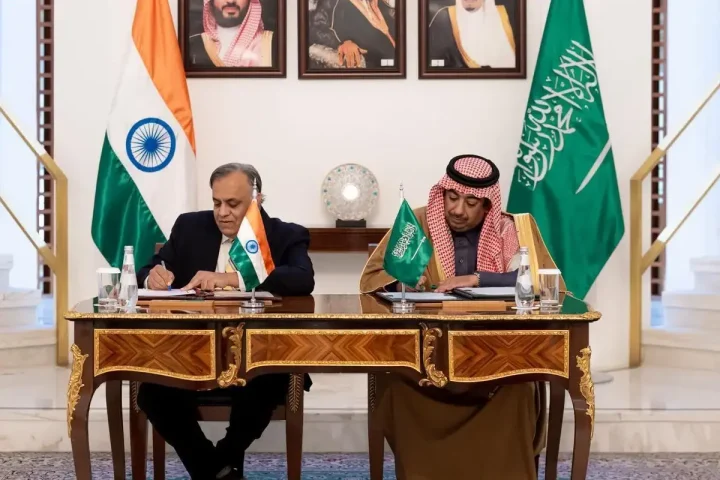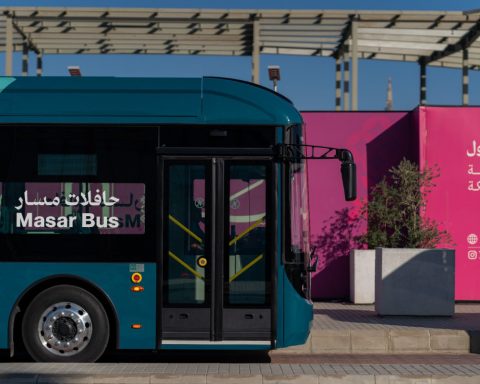Across Africa, graffiti art has undergone a remarkable transformation — evolving from an act once seen as vandalism and public defacement into a respected and officially supported form of urban artistic expression.
In cities such as Dakar, Cape Town, Nairobi, and Lagos, street murals have become powerful tools for cultural storytelling and social commentary, capturing the voices of youth and the pulse of modern African life. Walls that once symbolized defiance now serve as public canvases of creativity, supported by municipalities, cultural institutions, and international art organizations.
Artists say that African graffiti has become more than street decoration — it is a visual language that tells stories of freedom, identity, resistance, and environmental awareness. In Senegal, for instance, annual urban art festivals attract global artists, turning the country into a regional hub for street art and cultural exchange.
Several African cities have also launched initiatives to support street artists, offering grants, legal painting zones, and incorporating murals into cultural tourism programs — boosting local economies and drawing international visitors.
Critics describe this movement as part of a new cultural renaissance, where art becomes an everyday experience and cities transform into open-air galleries that reflect the continent’s diversity and creative power. With growing institutional recognition and global attention, graffiti in Africa is no longer rebellion — it’s culture.


